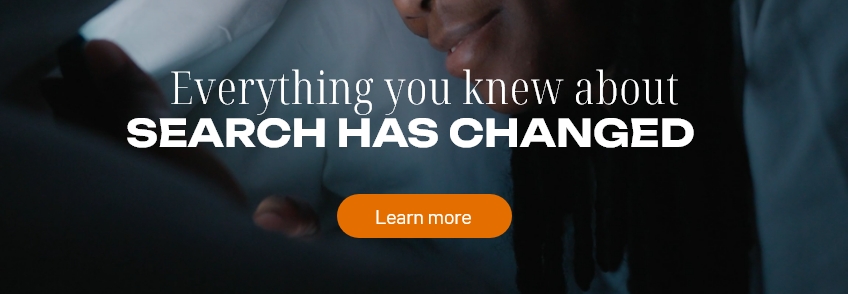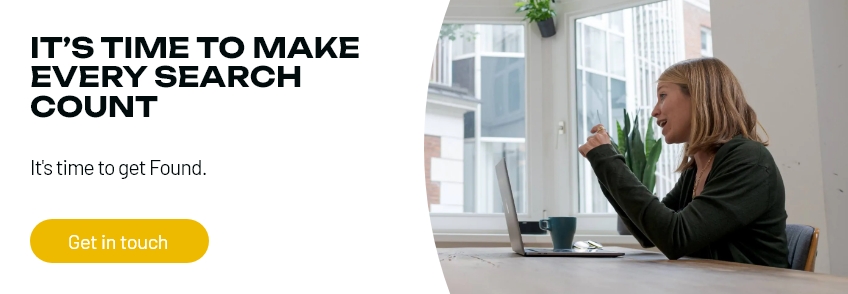We recently decided it would be very useful to know what percentage of people who see Google map packs, frequently found at the top of the SERPs, actually click on them. However, upon investigating this, it did not seem possible to find research on this topic anywhere online, so we decided to do it ourselves.
The first thing we needed to do was find some data to use. We found that the accounts that had data on this tended to be ones where a physical location was particularly relevant, such as retail sites with physical stores, or the hospitality industry. This suggests there is a potential bias here. Putting that aside, however, we ended up discovering that we could easily find a fair number of accounts with search terms, impressions and clicks that we could use to estimate the click through rate. By the time we finished, these accounts totalled over 3.6 million impressions in the last 12 months.
Search terms, impressions and clicks were downloaded for each company across mobile and desktop, which were then divided into brand and non-brand search terms. By finding all the variations of the client’s name, including a quite frankly impressive number and array of misspellings, it was relatively easy to classify any term containing these phrases as brand terms. The click through rates for each client were calculated and averaged, allowing us to find the average click through rates for each category.
Here are the results of our experiment:

So what does this mean?
Firstly, when it comes to map packs, the click through rate is dramatically higher on mobile than it is on desktop. This makes sense as people may be more likely to look for a location while on the go, and thus not near their desktop. Additionally, when searching for a location term on my phone, the map pack is the first item to appear on the search results page… However, when attempting the same search on my desktop, the map pack appears under the main site – so it may be possible that users are simply looking for the quickest way to access the site.

Another interesting thing to note is that while on desktop brand terms have a higher click through rate, the opposite is true of mobile. In the case of desktop, brand terms may be more relevant as a person could be using this to find a specific location where they need to go before leaving their current location, which would likely favour a brand term with a specific location in mind.
Comparatively, mobile users may be making more impulsive decisions without a specific location in mind. The thought process here is as follows; if a person is already moving around and decides to search for something, this is less likely to be something they have been actively planning for a long time or they might have planned in advance and thus potentially have not thought far enough ahead to have a specific brand in mind. For example, if I get hungry while walking around, I probably haven’t had to time to decide that I specifically want Wagamamas. Most likely I want to find what food or, more specifically, what Japanese food is nearby.
My theory for the reason why searches for the brand on mobile are less likely to result in a click through to a website is because the user is already familiar with that brand, and with Google is giving them all the information that they need to find the location without clicking out beyond the map pack, so the click out happens less often and therefore the CTR for the brand searches is lower. This all sounds logical but, to be honest, any explanation I give for this is merely speculation.
We aren’t finished with just the map pack… Up next, we are going to try and find similar click through rates for the knowledge panel, shopping ads and related questions, watch this space!

Found is the Everysearch™ agency. Masters of search performance across all digital marketing platforms. Employing PPC, SEO, paid social, and creative content, they harness the power of data and AI to craft and execute winning digital marketing strategies.


